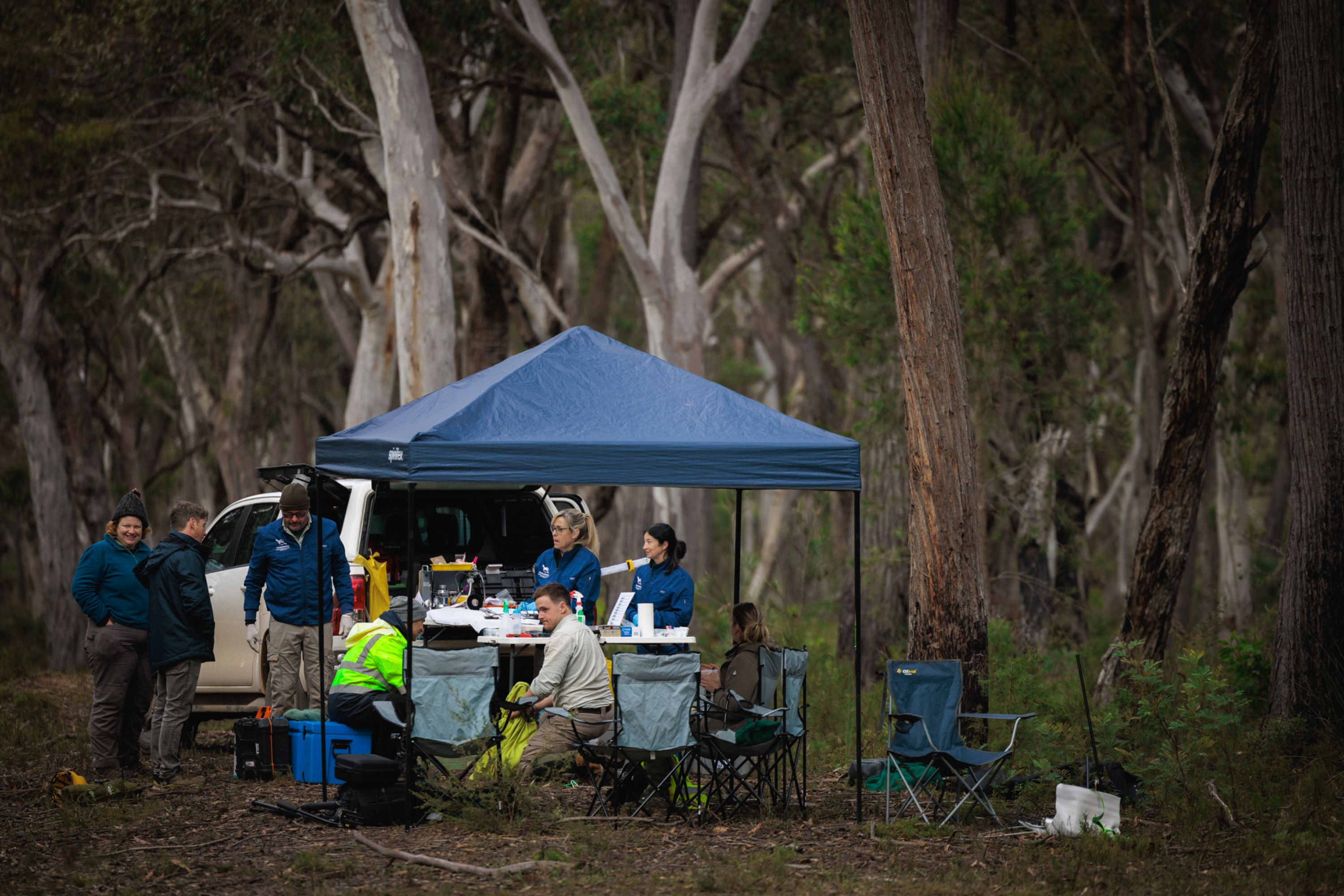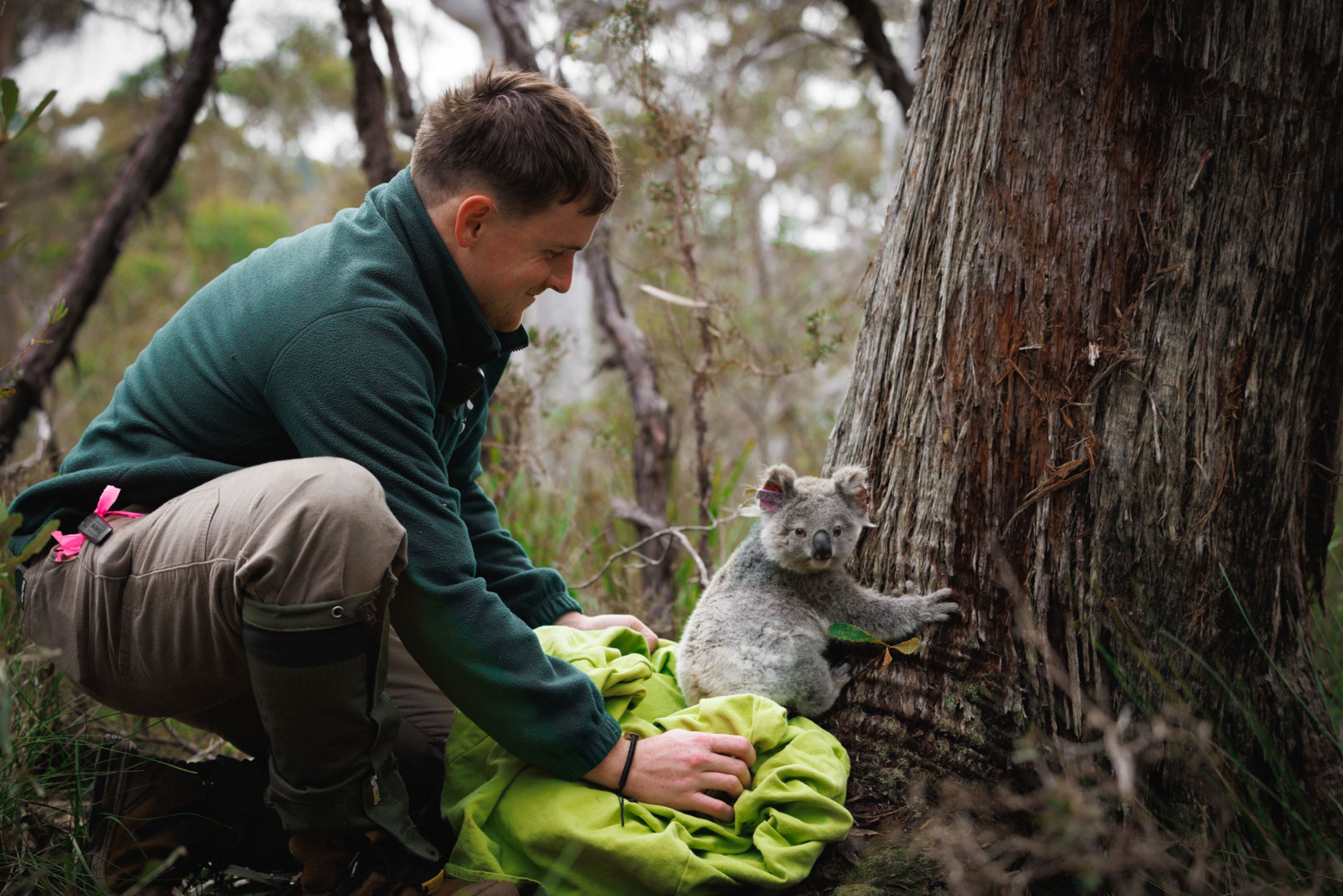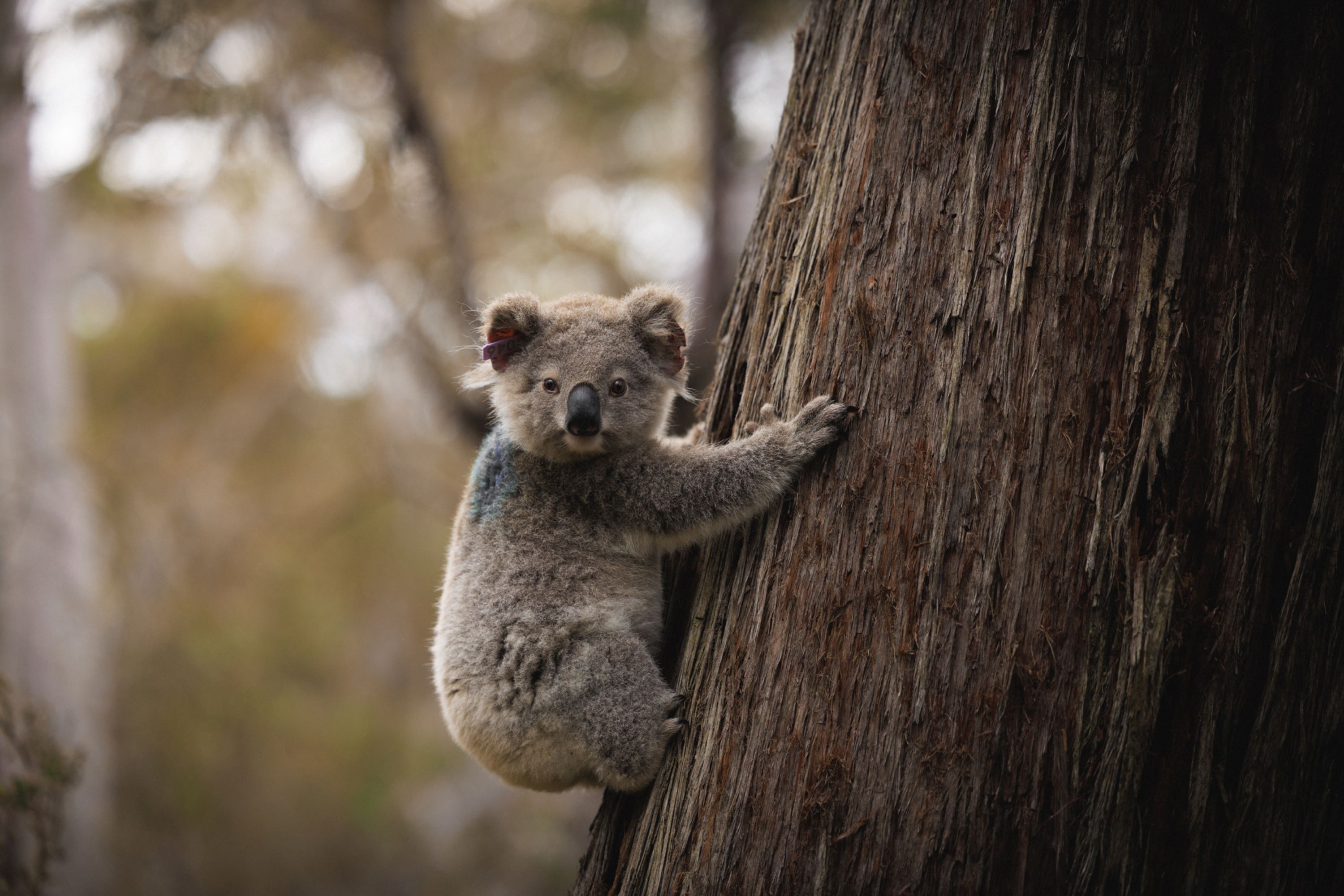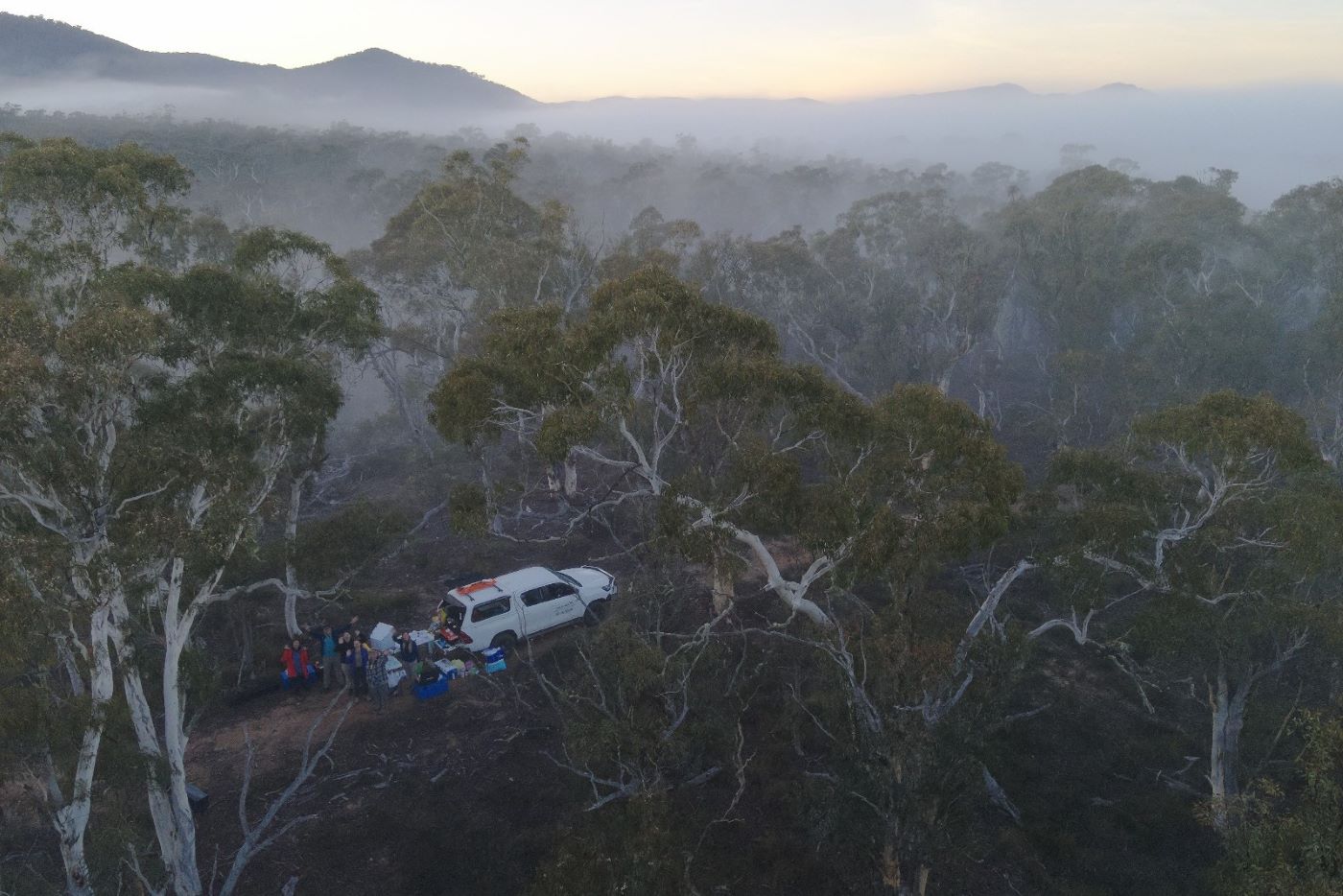Taronga has been engaged by the NSW Department of Climate Change, Energy, Environment and Water to deliver the Koala Capture and Veterinary Processing component of the Koala Sentinel Population Monitoring Program, part of the broader NSW Koala Strategy. The program involves conducting health assessments and fitting tracking devices to collect data on koala density, movement, disease, health, and genetics across six populations in NSW. Now in its second year, this multi-year initiative is contributing valuable insights to long-term research efforts aimed at informing koala conservation and population management across the state.
Taronga’s Role
Taronga’s role in the Koala Sentinel Population Monitoring Program involves conducting health assessments and fitting tracking devices to gather data on koala density, movement, disease, health, and genetics across six populations in NSW.




Duration of the Project
Now in its second year, this long-term project spans three years and contributes to broader research conducted under the NSW Koala Strategy, managed by the NSW Department of Climate Change, Energy, Environment and Water.
Koala Site Locations
The six sites are across NSW at:
- Richmond Range National Park, Cambridge Plateau
- Lake Innes Nature Reserve & Limeburners Creek National Park, Port Macquarie
- Georges River & Upper Nepean State Conservation Area
- Kanangra-Boyd National Park
- Mt Numeralla & Kybeyan State Conservation Area
- The Common Narrandera & Murrumbidgee Valley Nature Reserve


FAQ Section
What happens to the koalas?
During fieldwork, individual koalas are carefully captured and undergo a comprehensive health assessment, which includes a general anaesthetic, physical examination, and the collection of various samples. Select koalas are also fitted with tracking devices to monitor their movements and home ranges. Each koala is then released back into the exact tree where it was found. Importantly, no koalas are relocated from their original location, ensuring minimal disruption to their natural behaviour and habitat.
Who is involved from Taronga?
Taronga’s team brings extensive expertise in koala care and conservation, comprising a Senior Veterinarian, veterinary nurse, specialist koala catchers, and experienced koala keepers.
Is the process stressful for koalas?
Koalas may respond differently to the capture and assessment process, but any stress or discomfort is typically short-term. Throughout the procedure and recovery, the veterinary team closely monitors each koala to ensure they are fully recovered before release. Following release, the team continues to observe the koalas for a period to ensure their wellbeing and safety in their natural environment.
Are there risks with the collars?
The collar has been specifically designed for koalas to minimise risk and impact. It features smooth components to reduce skin irritation and includes a weight-dependent breaking point, ensuring the collar will release if a koala becomes entangled in a branch. Welfare and safety remain top priorities, and despite the scale of the project, there have been no adverse effects on the koalas.
Learn more about how this iconic species and what Taronga is doing to help Koalas in the wild here, and make sure you come and see them in person at Koala Country - gulamany nura located at map reference 4J